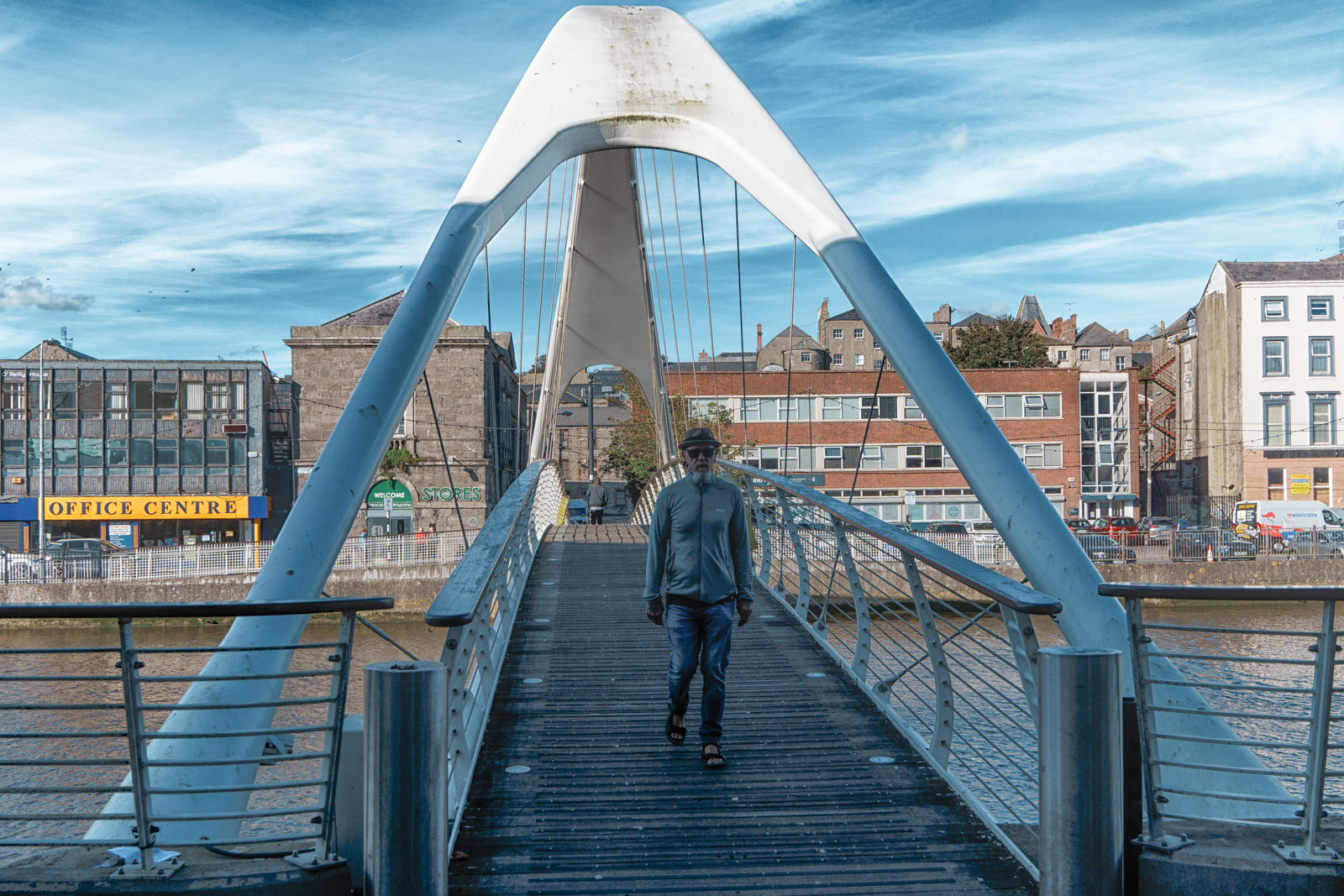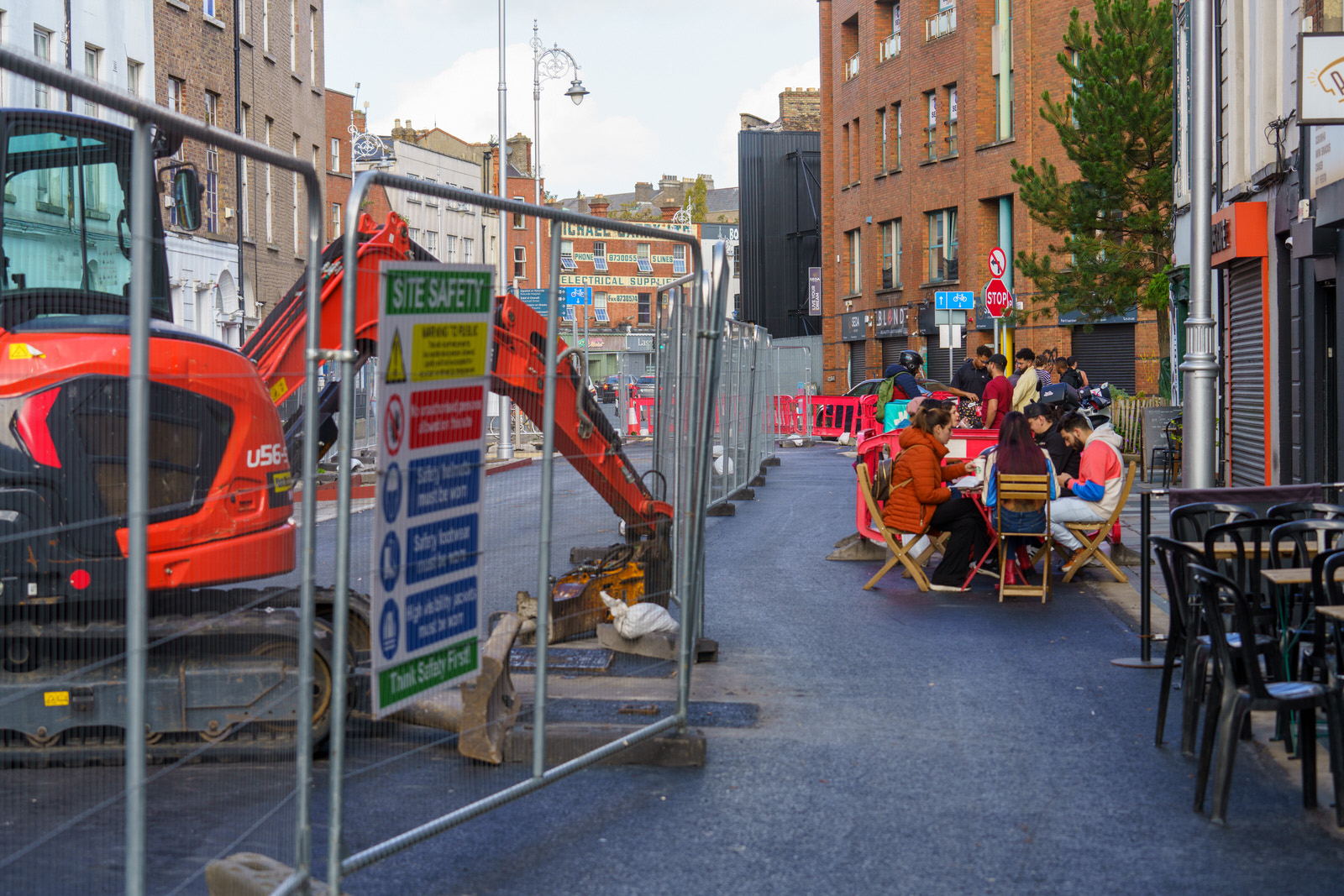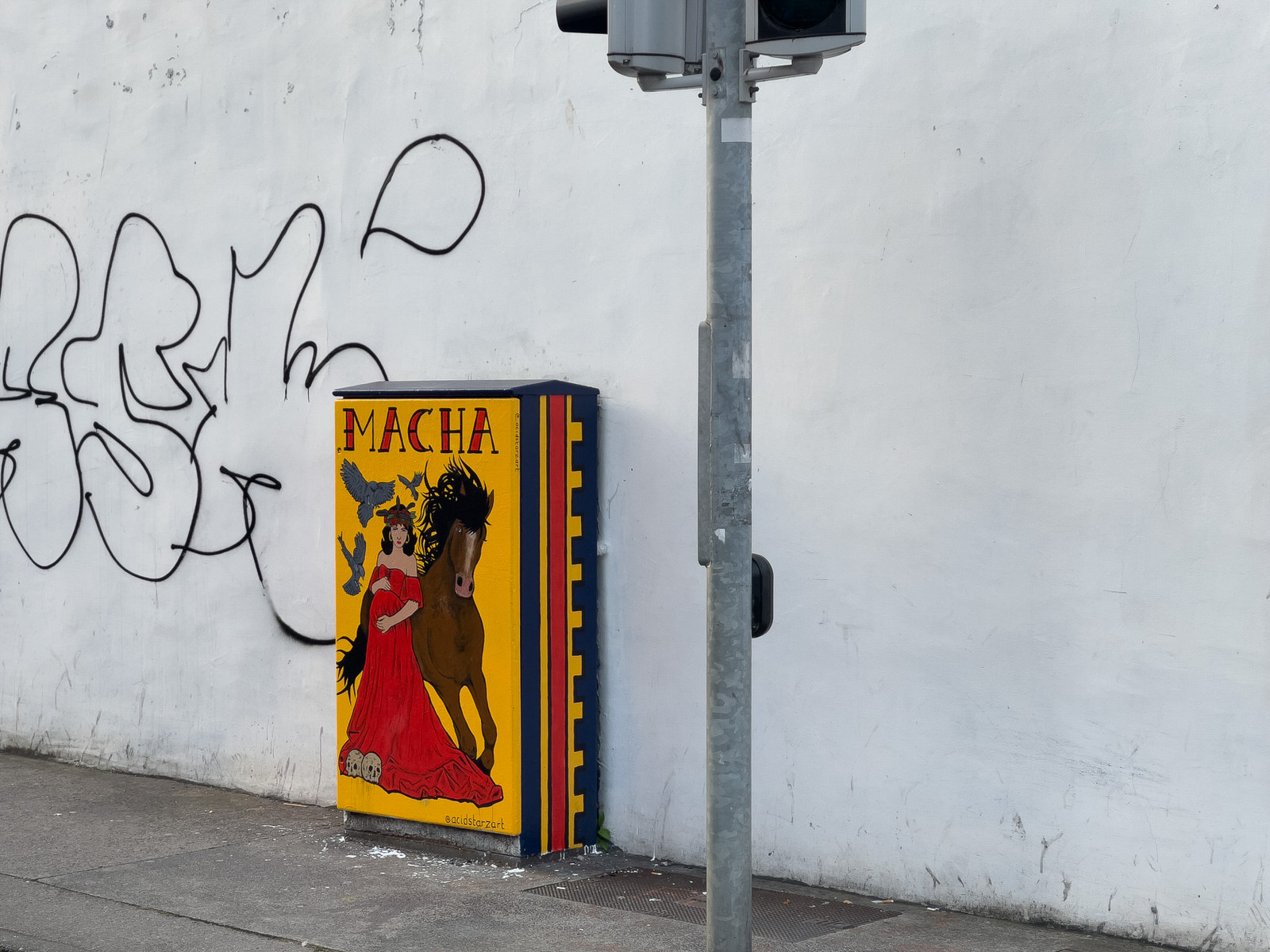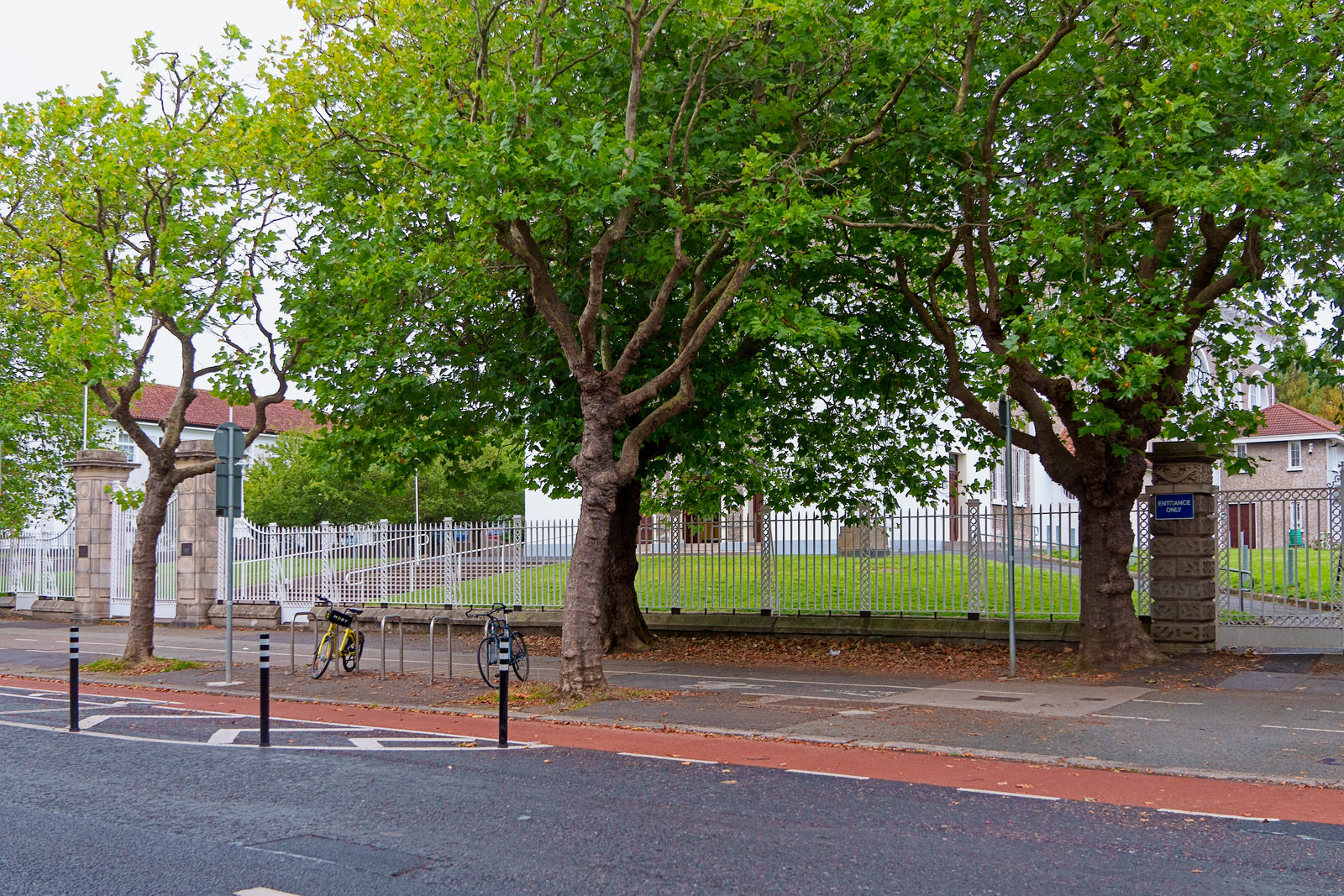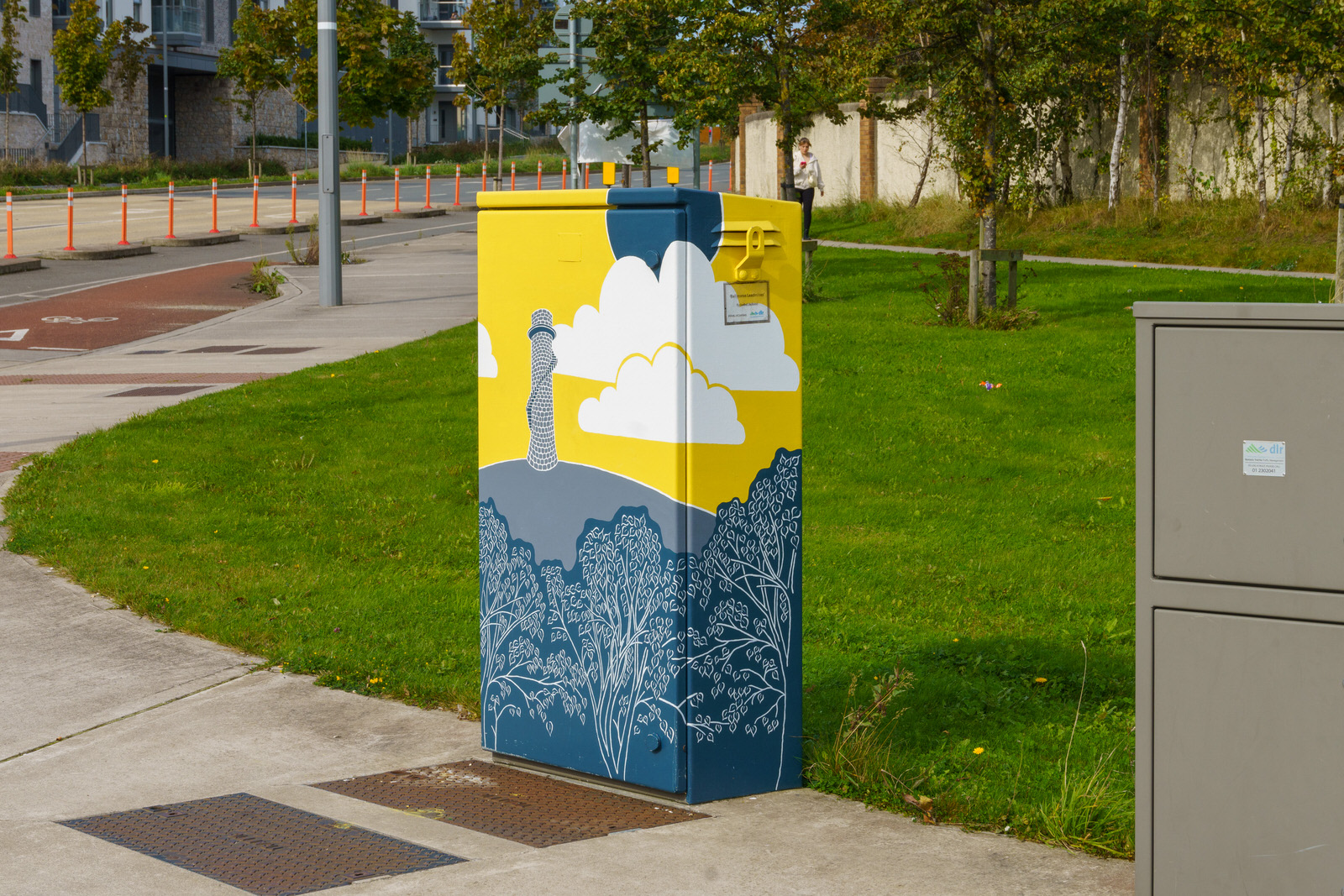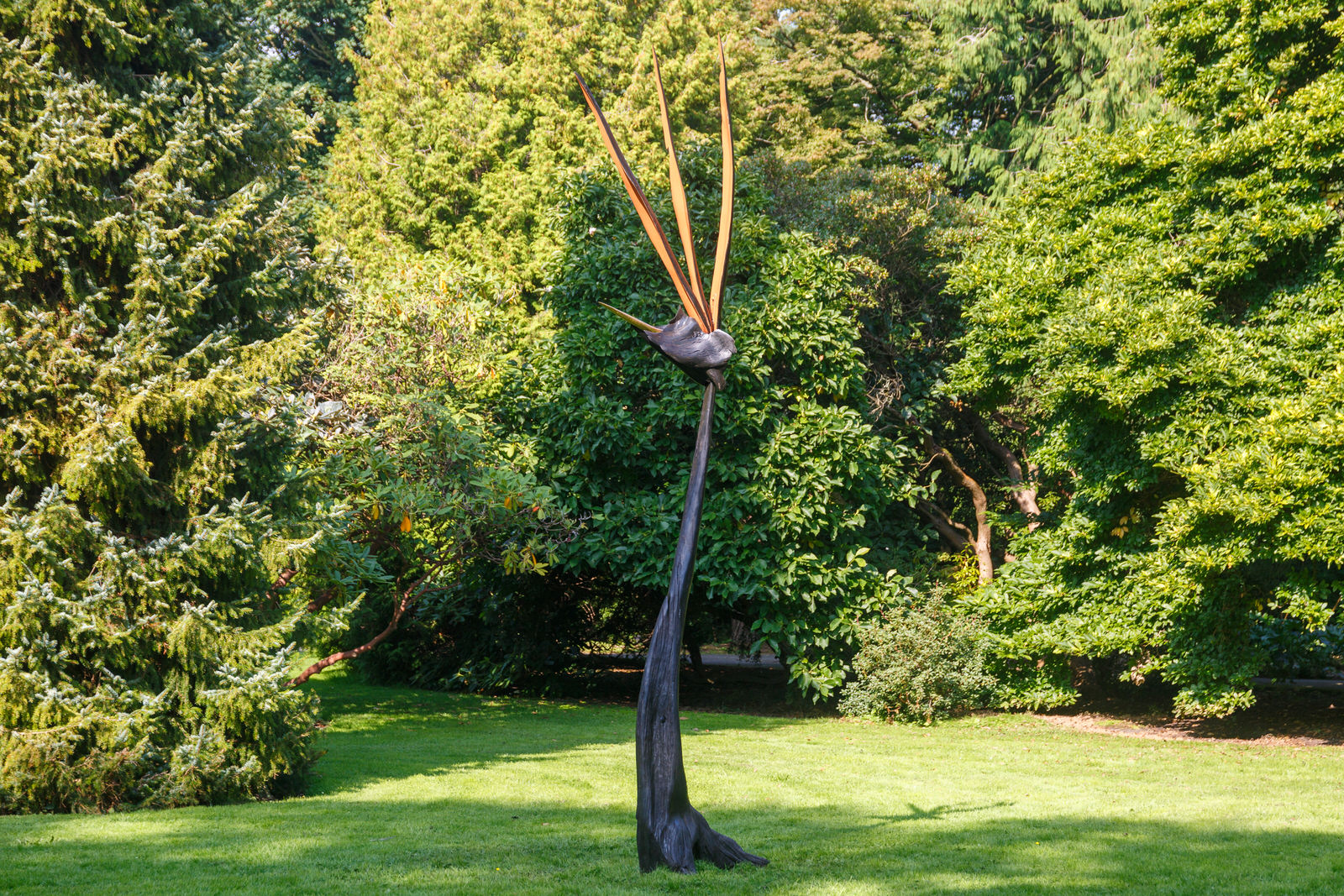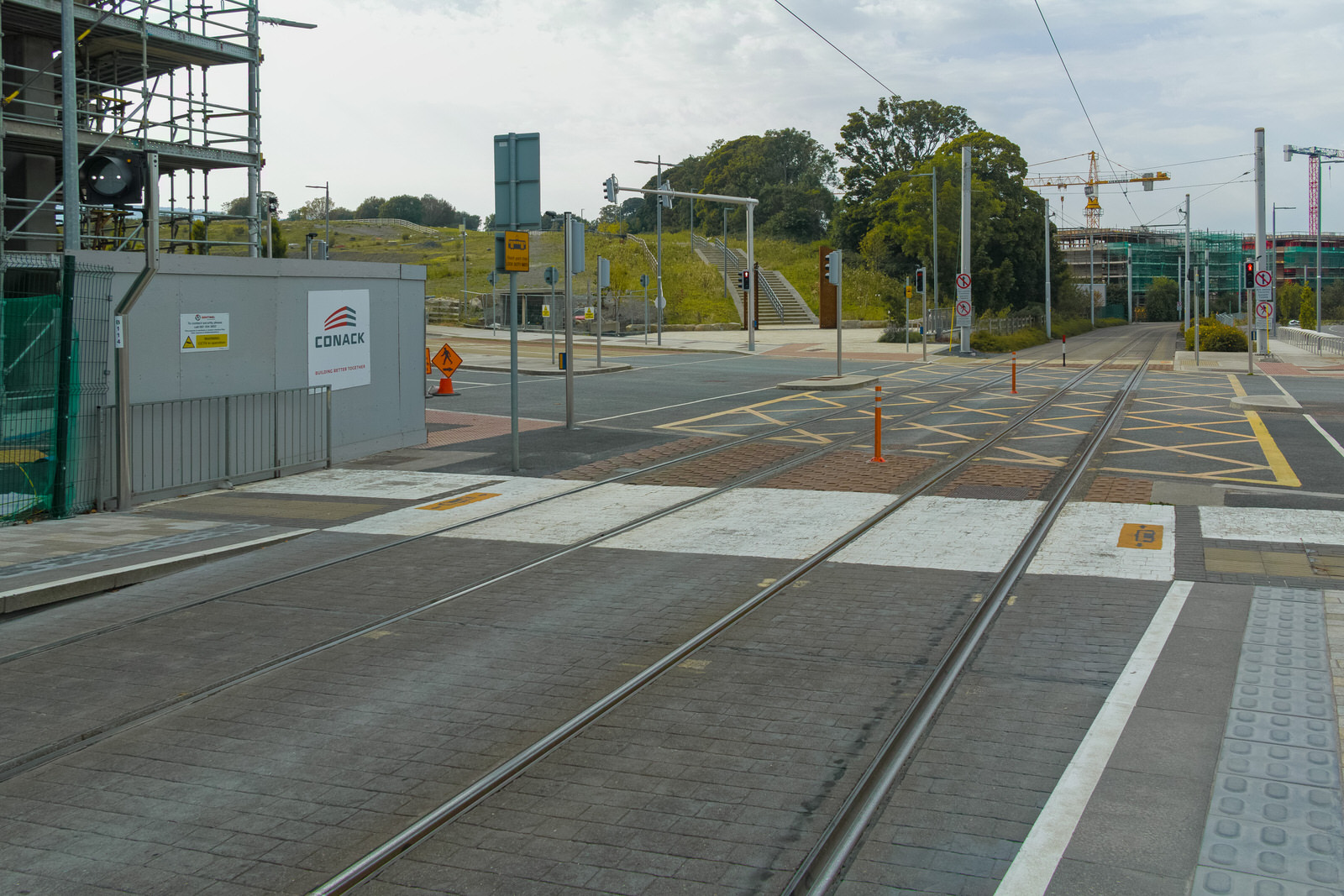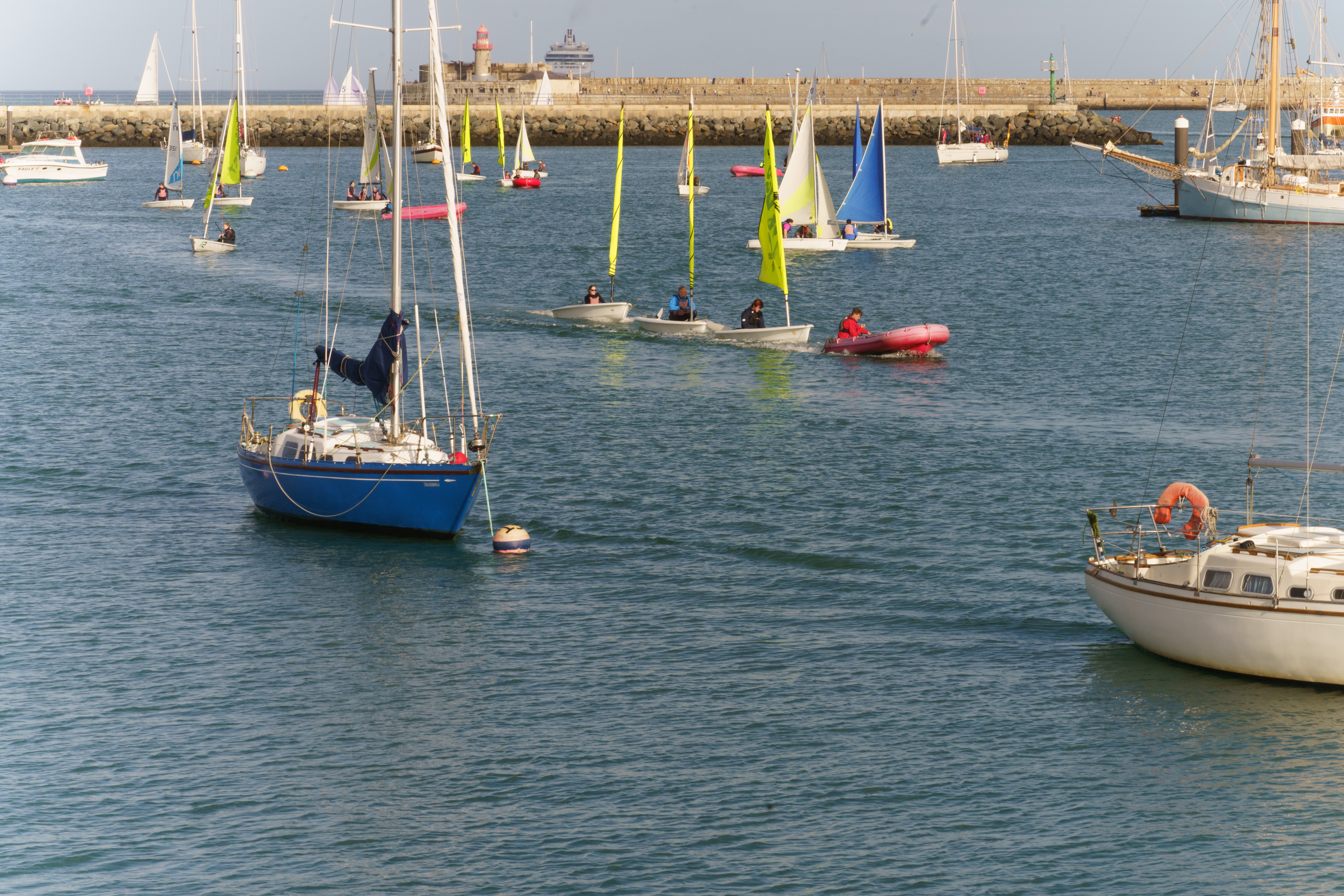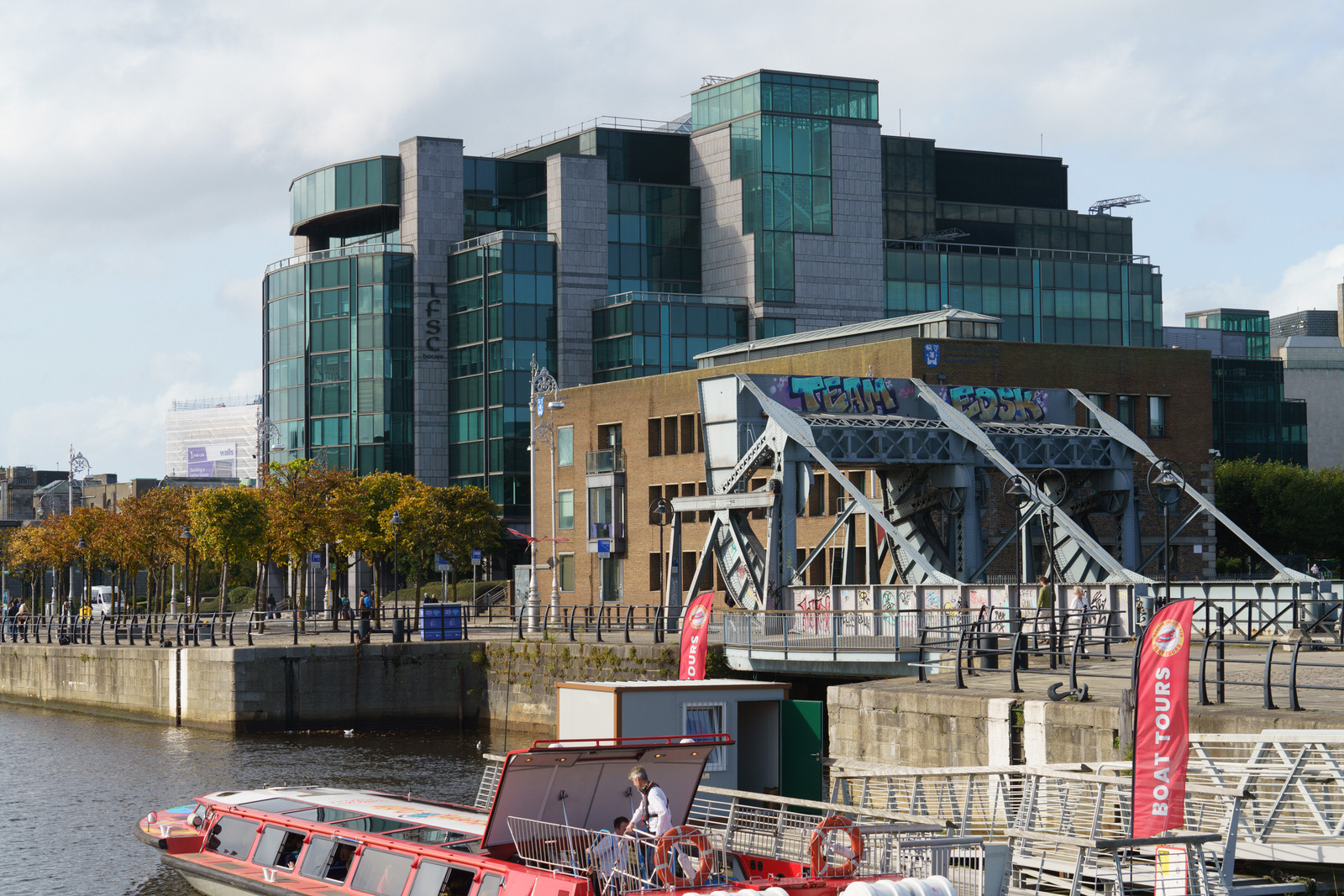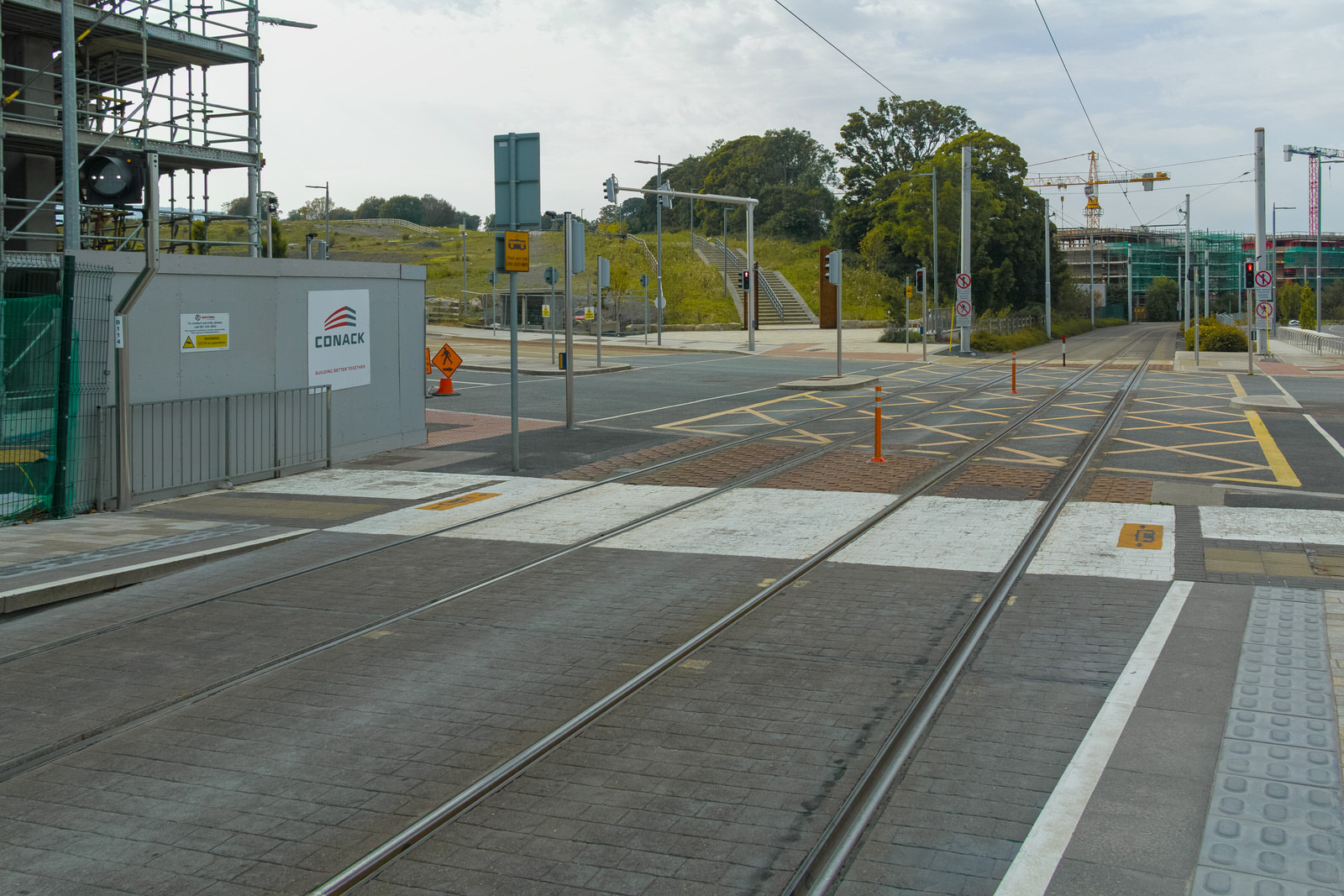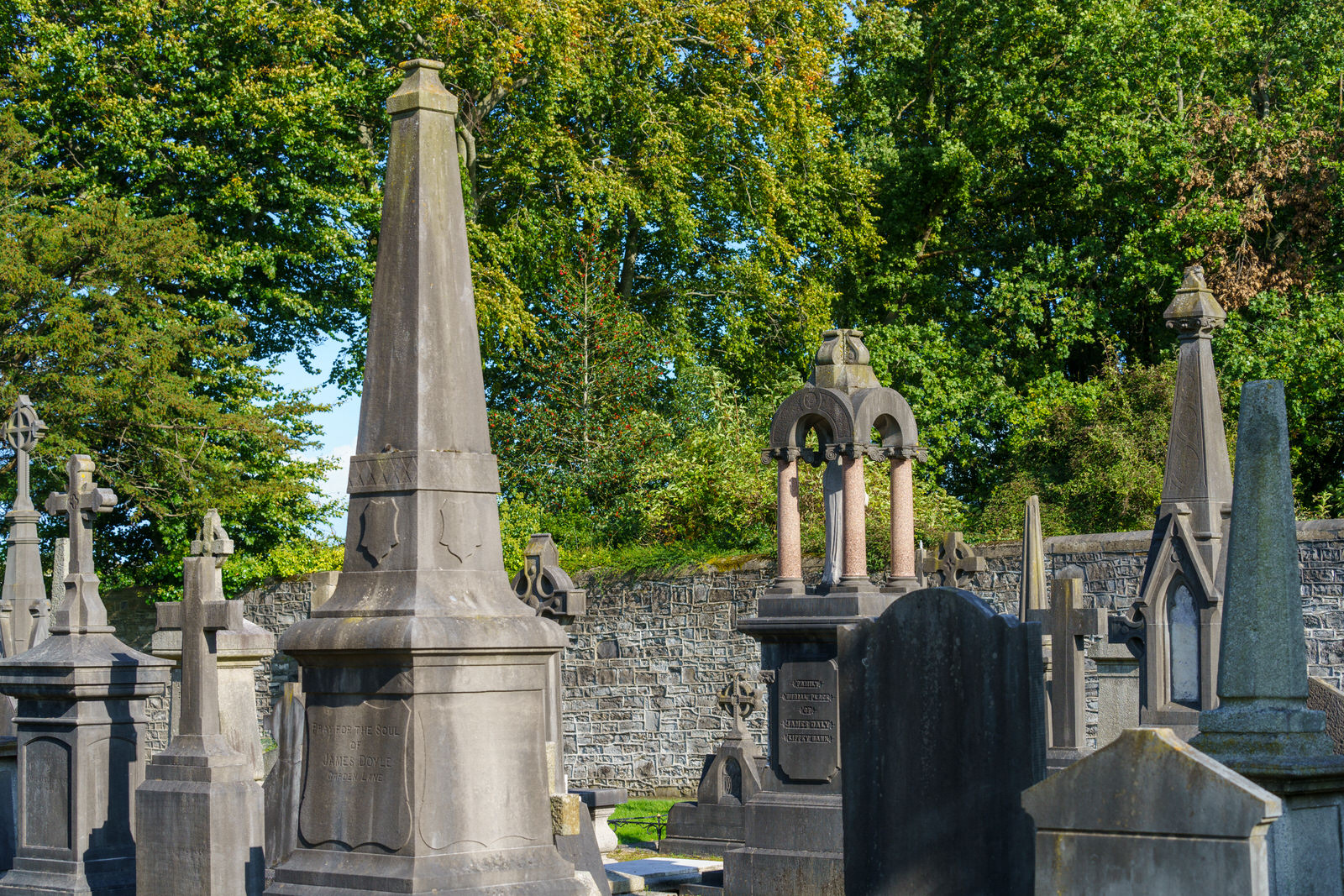OCTOBER UPDATES
A NEW PICTORIAL MENU HAS BEEN INTRODUCED
I am experimenting with a new pictorial menu system … just select any of the images below
OCTOBER UPDATES
I CANCELLED MY VISIT TO WATERFORD
Unfortunately I will not be visiting Waterford this year. I was scheduled to spend a week in October but I decided that I could not justify the cost.
OCTOBER UPDATES
A NEW PICTORIAL MENU HAS BEEN INTRODUCED
I am experimenting with a new pictorial menu system … just select any of the images below
10 Years of Alpha Full-Frame Mirrorless
On October 16th, 2013, Sony changed the game in cameras and for photographers forever. The launch of the Sony Alpha 7 and Alpha 7R were Sony’s first mirrorless-style consumer cameras to have a full-frame sensor. Previously, these large sensors were only found in professional DSLR or expensive rangefinder cameras, until Sony made the decision to feature the sensors in smaller and lighter cameras.
The Alpha 7 was the natural evolution of what had started three years earlier, with the launch of the Sony NEX cameras and the Sony E Mount. These were the first Sony mirrorless cameras with APS-C size sensors and targeted consumers who wanted to leave behind bulky and heavy DSLR cameras for something much smaller and lighter with contemporary features.
Creating a full-frame mirrorless camera was always part of Sony's plan, and it was a consideration when the E-Mount was developed.
In the years since, other manufacturers have introduced their full-frame mirrorless cameras, requiring a whole new mount and a new set of lenses.
Sony's philosophy was 'One Mount'; The E mount was used on the NEX and new Alpha 7 series cameras. Photographers could use their existing E-mount lenses in a cropped mode in the new Alpha 7 cameras, and the full-frame E-Mount (FE) lenses could be used with a 1.5x crop on NEX cameras. Even those with A-mount Sony cameras were included, thanks to a revolutionary pair of LA-EA3 and LA-EA4 adapters, which allowed A-mount lenses to be used seamlessly on Alpha 7 cameras. The latter even allowed for phase detection autofocus, making a move from Alpha A-mount to E-mount seamless.
The Alpha 7 and Alpha 7R shared the same external design but with different sensors and specifications to meet the needs of different photographers. For the all-round photographer, there was the Alpha 7 with its 24 megapixel sensor, phase-detection autofocus, and shooting up to 5fps. Then, the Alpha 7R increased the resolution for those who wanted the maximum possible image quality. It housed a 36 megapixel sensor, a resolution unheard of in a mirrorless camera at the time and on par with the leading professional DSLR cameras. It could shoot up to 4fps, making it an excellent camera for landscape, travel, and studio photographers. Both cameras could shoot Full HD video and had all the latest features, such as electronic viewfinders and Wi-Fi connectivity.
These two cameras paved the way for the full-frame mirrorless revolution we see today and the demise of the DSLR camera.
